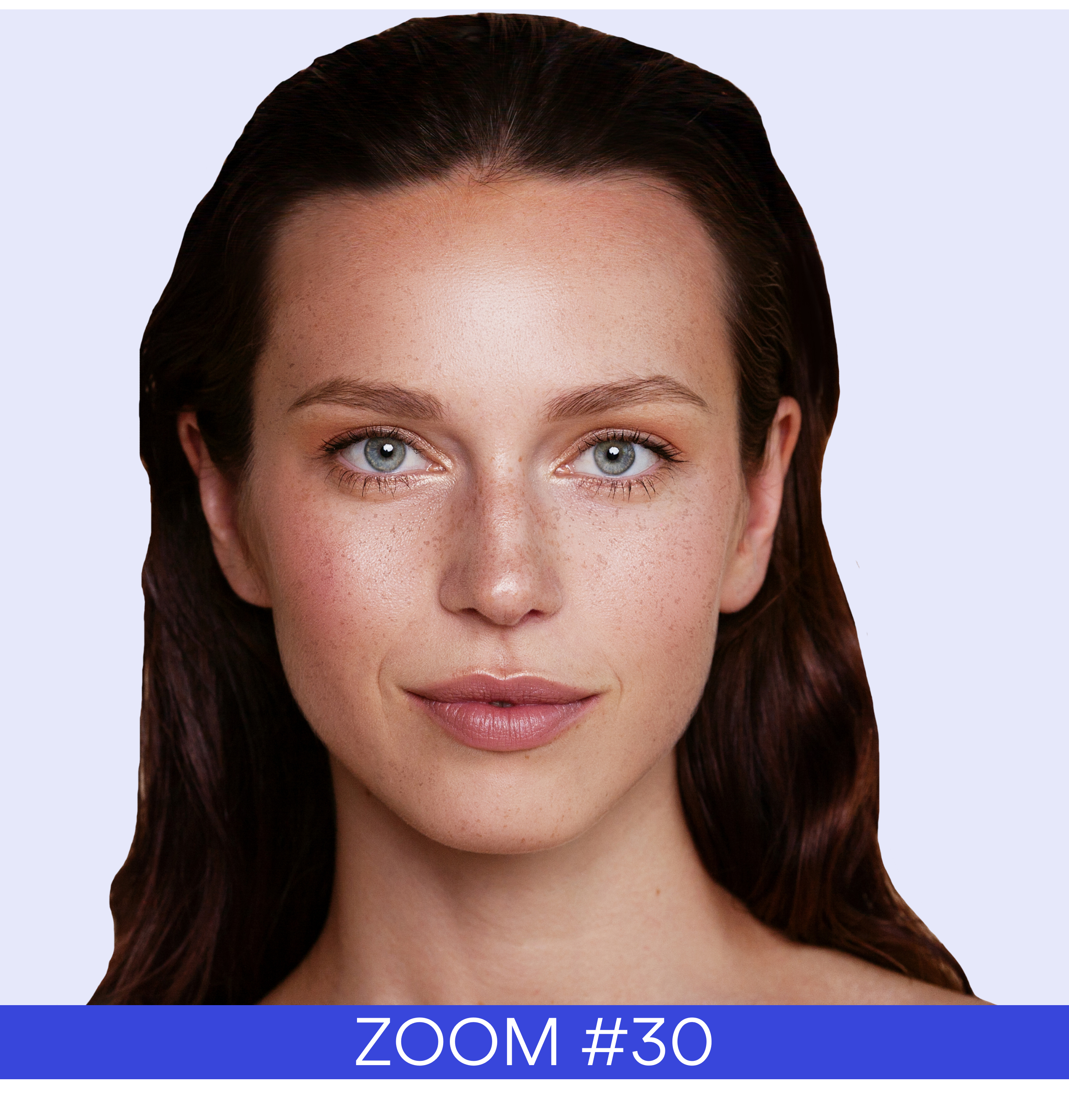Muttenz, Switzerland – May 08, 2019
Genetically-determined factors of aging, called chronoaging, are one determinant of aging. But they are not the only ones. Extrinsic factors like UV exposure and chronic inflammation strongly impact the way skin is aging. These phenomena are called photo-aging and inflammaging and they can affect the way genes are expressed and translated into proteins, causing the decay of skin structure.
Only 1.2% of our genome serves to encode proteins, the rest being transcribed into non-coding RNA (ncRNA). Those longer than 200 nucleotides, called long non-coding RNAs, have started to be studied only recently and even if their functions remain unclear, those already studied have shown to affect gene expression and biological functions. In particular, the long non-coding RNA “nc886” was recently recognized as a key regulator of Protein Kinase R (PKR), a protein known for inducing premature aging in various diseases and organs. Additional research done by the R&D teams of Clariant Active Ingredients have demonstrated a link between nc886 expression and chronoaging, inflammaging and photoaging.
Based on these results, Clariant Active Ingredients selected a marine natural product based on its ability to stimulate nc886 and then protect the skin from photoaging and inflammaging: Laminaria japonica. And used it to produce Epseama™.









 Follow us on Linkedin!
Follow us on Linkedin!